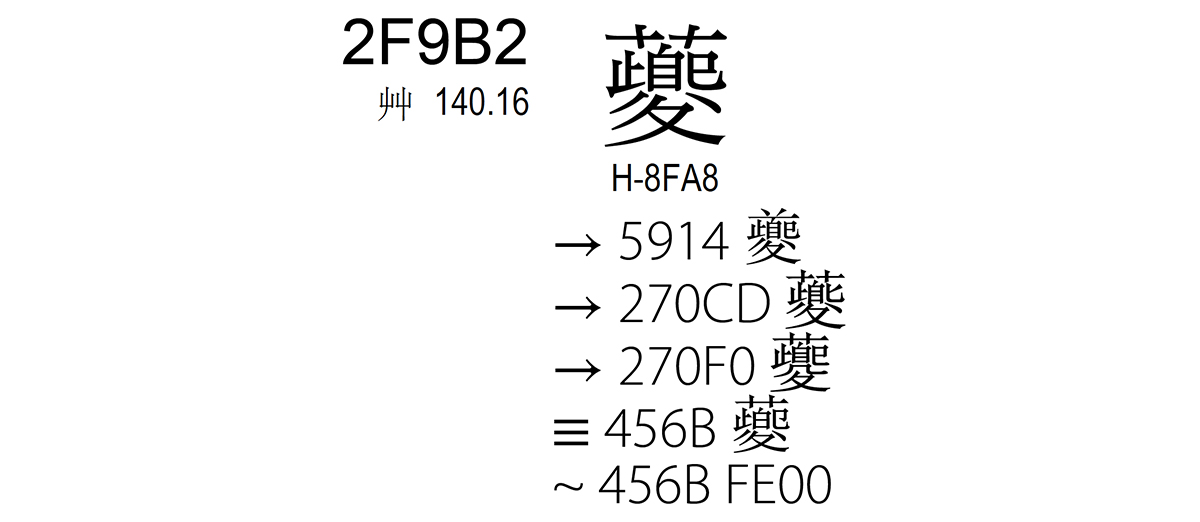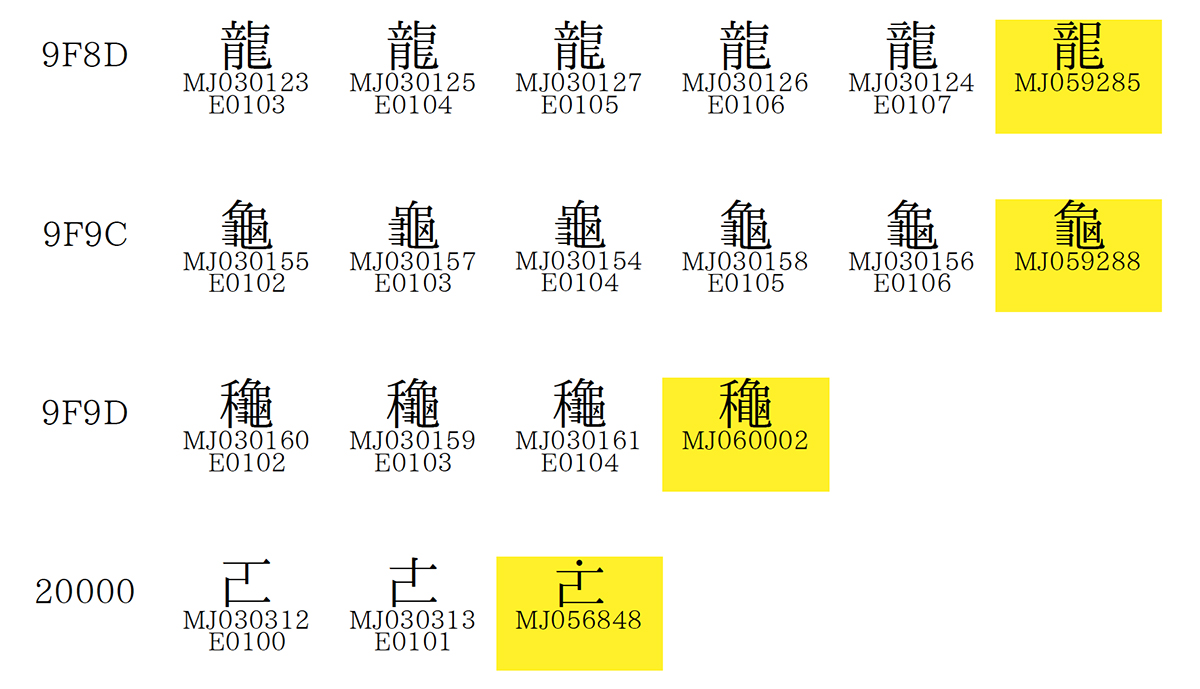![]()
Today’s article provides useful details for our relatively small number of customers who author documents with our flagship Creative Cloud apps and make use of CID-keyed OpenType SVG fonts. A rather broadly-deployed CID-keyed OpenType SVG typeface is the open source Source Han Code JP family, whose development details are described in the very first section of this article.
While it is fully possible to build OpenType fonts—CID-keyed or otherwise—that include an 'SVG ' (Scalable Vector Graphics) table, the infrastructure to support them in apps is still maturing. That is the purpose of this article, so please continue reading if the details interest or otherwise affect you.
Continue reading…











